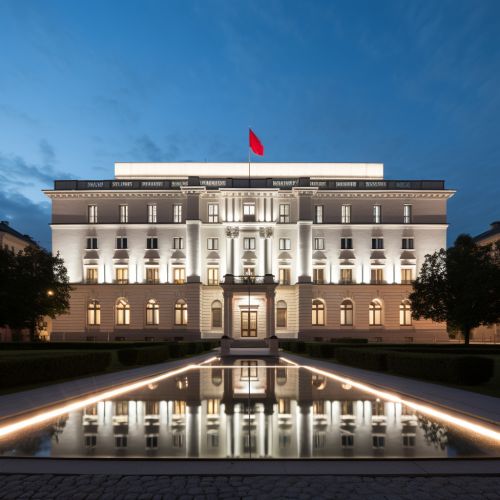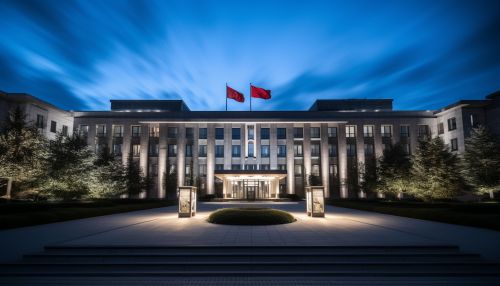Prime Minister of Poland
Overview
The Prime Minister is the head of government in the Republic of Poland. The Prime Minister leads the Cabinet and the Council of Ministers, which are the highest executive authorities in the country. The Prime Minister is appointed by the President and can be dismissed by the President at any time. The Prime Minister is also a member of the Sejm and the Senate, the two houses of the Polish Parliament.


History
The office of the Prime Minister has a long and complex history, dating back to the Kingdom of Poland in the 11th century. The modern office of the Prime Minister, as it is known today, was established in 1918 with the re-establishment of an independent Polish state. The first Prime Minister of the newly independent Poland was Ignacy Daszyński, who served as the head of the Provisional People's Government of the Republic of Poland.
Powers and Responsibilities
The Prime Minister's powers and responsibilities are defined in the Constitution. The Prime Minister is responsible for the functioning of the government and the implementation of laws and policies. The Prime Minister represents the government domestically and internationally, and has the authority to make decisions on behalf of the government. The Prime Minister is also responsible for the coordination and supervision of the work of the ministers.
Appointment and Term
The Prime Minister is appointed by the President, who is required to nominate a candidate for the office within two weeks of the general elections to the Sejm. The candidate is then required to present a program of government and a proposed list of ministers to the Sejm for approval. If the Sejm approves the program and the list of ministers by an absolute majority of votes, the President appoints the Prime Minister and the ministers.
Office and Residence
The official workplace of the Prime Minister is the Chancellery, located in Warsaw. The Prime Minister's official residence is the Prime Minister's Office, also located in Warsaw.
